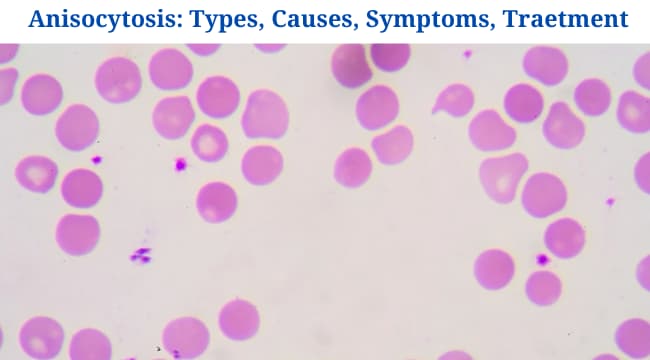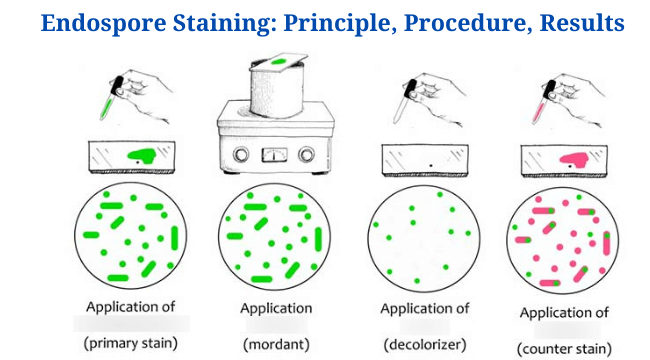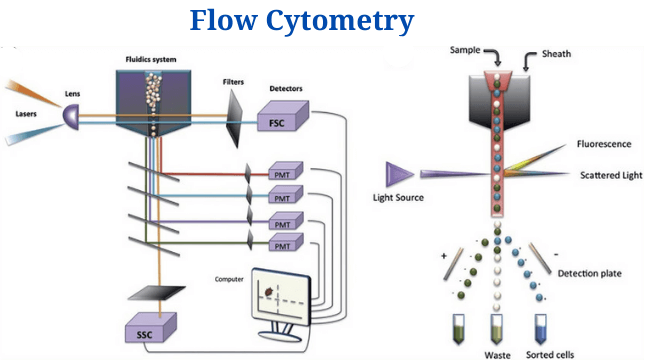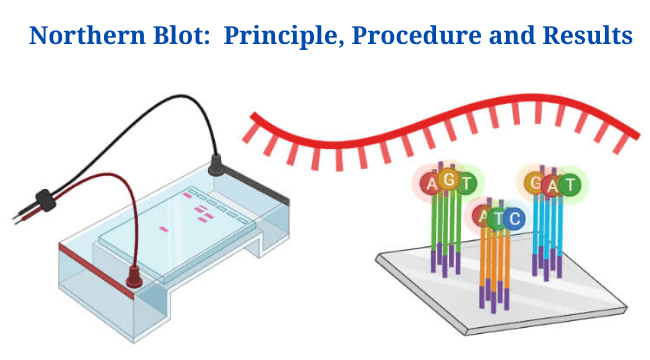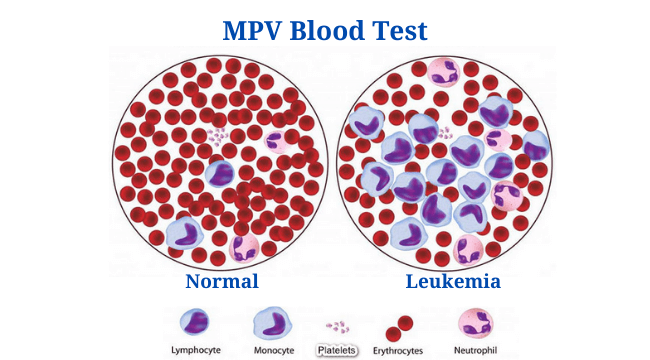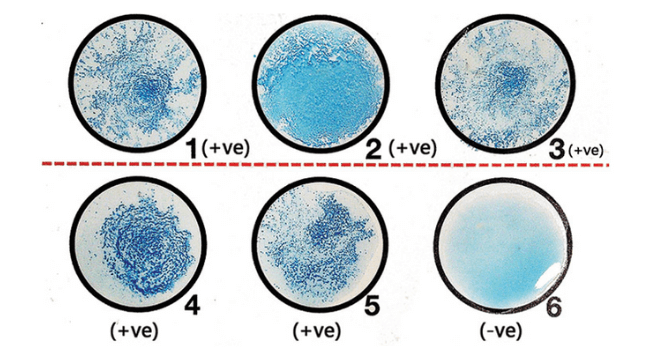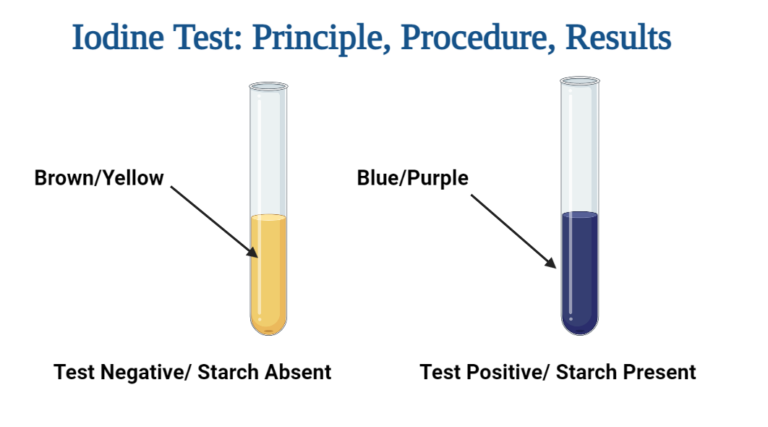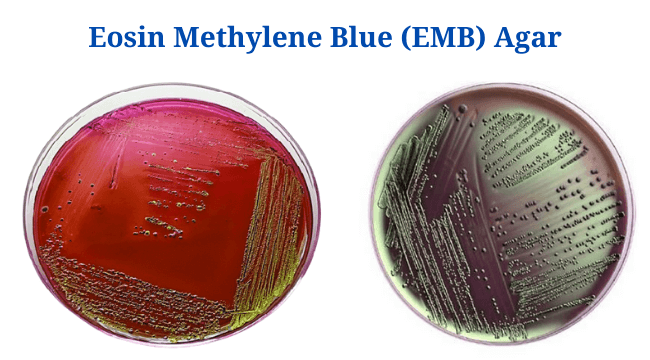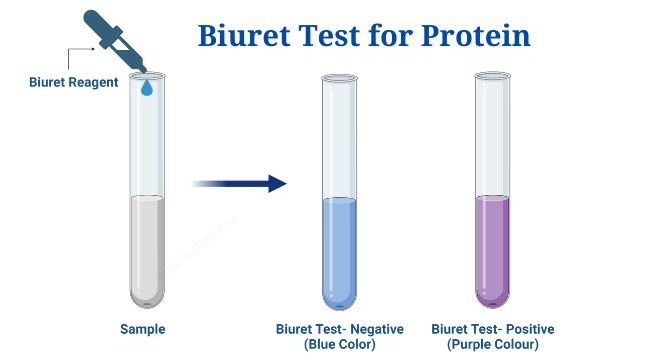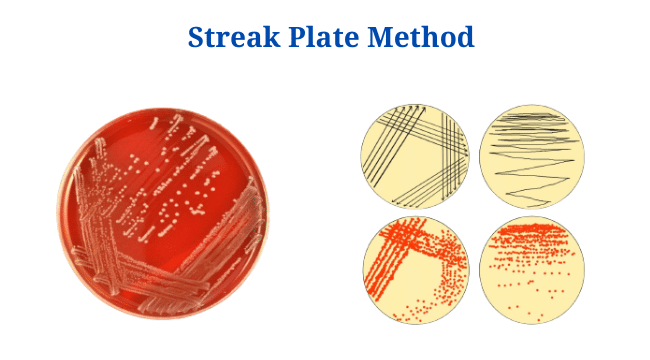Anisocytosis: Definition, Types, Causes, Symptoms, Treatment
Definition of Anisocytosis Anisocytosis is a condition in which the diameters of erythrocytes (red blood cells) are uneven. The term “aniso” means unequal, while “cytosis” means cell movement or quantity. Excessive red blood cell size variation, known as anisocytosis, can be quantified by peripheral blood film analysis as well as automated red blood cell size … Read more

